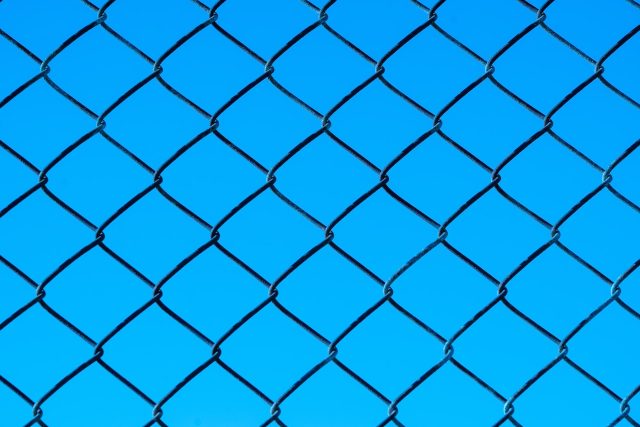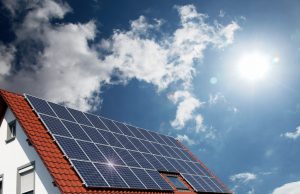
When it comes to choosing a type of fencing for your property, it can be easy to become overwhelmed with the sheer range and variety of options on offer. What you ultimately choose will depend on your particular circumstances, requirements, and preferences.
If you’re having a hard time coming to a decision about what kind of fencing to go for, we’ve got you covered. Check out this guide to understanding what kind of fencing you need.
Wooden Fencing
Wood is the classic choice when it comes to fencing materials, and for good reason. It’s versatile and durable, easy to install and easy to replace. Not only is wooden fencing practical, but it also looks great. It can be used to give your property a natural feel or can be painted however you wish to fit in with other external structures. It can come in a range of different styles, including lap panels, decorative closeboard panels, trellis panels, and post and rail so there is sure to be a style out there to suit everyone.
However, wooden fencing can be vulnerable to wear and tear, particularly from adverse weather conditions. Water, in particular, can cause wood to rot which can damage the structural integrity of your wooden fences. What’s more, wood can be vulnerable to warping and attacks from certain funguses and insects.
If you’re looking for a fencing option for your garden or domestic property, then wood could be ideal for you. It will offer a versatile option that will give your property the privacy it needs while being affordable and easy to install. However, if you’re looking for a fencing option for a farm or commercial property, you might want to consider some other options.
Wire Fencing
Wire fencing can be a perfect alternative to wood. It too is relatively affordable and easy to install and comes in various styles to suit whatever it is you’re looking for. Wire fencing can be ideal for constructing enclosures for small animals such as chickens or rabbits. It is lightweight but secure enough to keep livestock in and pests out. Click here and have a look at some of the wire fencing options on offer.
However, wire fencing can be prone to rusting, both on the wire itself and on the metal fence posts. What’s more, if privacy is a priority for you, wire fencing certainly isn’t the best option for you.
Metal Fencing
If you want something that offers you the privacy of wooden fencing but is far more robust and solid than wood or wire, metal fencing is perhaps what you’re looking for.
Metal fencing is incredibly strong and can withstand damage from weather, livestock, and even impacts from vehicles. Further locks can be added to increase the security of your metal fencing even more.
One of the most commonly used materials for metal fencing is aluminium. This is due to its lightweight nature and its resistance to rusting. Steel can be used as an alternative to aluminium. Steel might not be as lightweight as aluminium, but it is terrifically strong and can withstand just about anything. However, metal fencing, steel in particular, can be a more expensive option when compared to wood or wire.
Electric Fencing
Electric fences are commonly used to control livestock. When an animal touches the fence, it will receive a mild but unpleasant electric shock, which will discourage it from approaching the fence again in the future. Electric fences aren’t only useful for keeping livestock in, they are also effective at keeping predators out.
Electric fences can be as lightweight as wire fencing but can offer security similar to that of metal fencing. It works by sending a pulse of electricity across the line of the fence, with the power often generated in a dedicated energiser unit.
However, there are some laws regarding electric fences that you should be aware of. They should be clearly labelled if they are along roads or in populated areas. Earthing rods must be placed a minimum of one metre into the ground, with connecting leads fully insulated.
Electric fences are regulated so that they do not produce a shock that could be harmful or dangerous to animals or humans, but they still need to be clearly identified with warning signs.
Conclusion
The type of fencing you ultimately decide to go for will depend on your own personal circumstances. Use this guide to assess the pros and cons of each so that you can make the right decision for your property.













